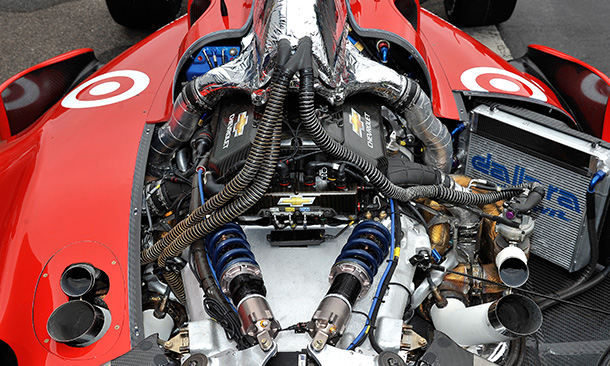
Until that time, all car manufacturers involved in F1 were effectively out-racing each other in a spending race. A video clip of Renault's RS24 on the dyno can be found here.Īll current engines run by the competing F1 teams are very similar due to the very stringent regulations that have increasingly come into play since 2006.

Crankshaft and piston rods are Iron based for strength.

Other materials would maybe give some extra advantages, but to limit costs, the FIA has forbidden all non-ferro materials. Engine blocks are constructed of forged aluminium alloy, because of the weight advantages it gives in comparison to steel.The weight is exactly 95kg (each manufacturer easily reaches this regulated minimum weight).All F1 engines are naturally aspirated V8's of 2400cc.Facts and figuresīecause of the regulations and engineering optimisations, all current engines are of a similar type, and feature the following similarities:

An engine is the only power source of a Formula One car - apart from the KERS systems in 2009 which are indirectly charged by the power generated by the engine - and is a structural part of the chassis. Although F1 racing engines have lost some of the attractiveness they used to have when the regulations allowed more freedom, every single design currently in use is still a highly advanced piece of engineering that has required lots of time and thought.


 0 kommentar(er)
0 kommentar(er)
